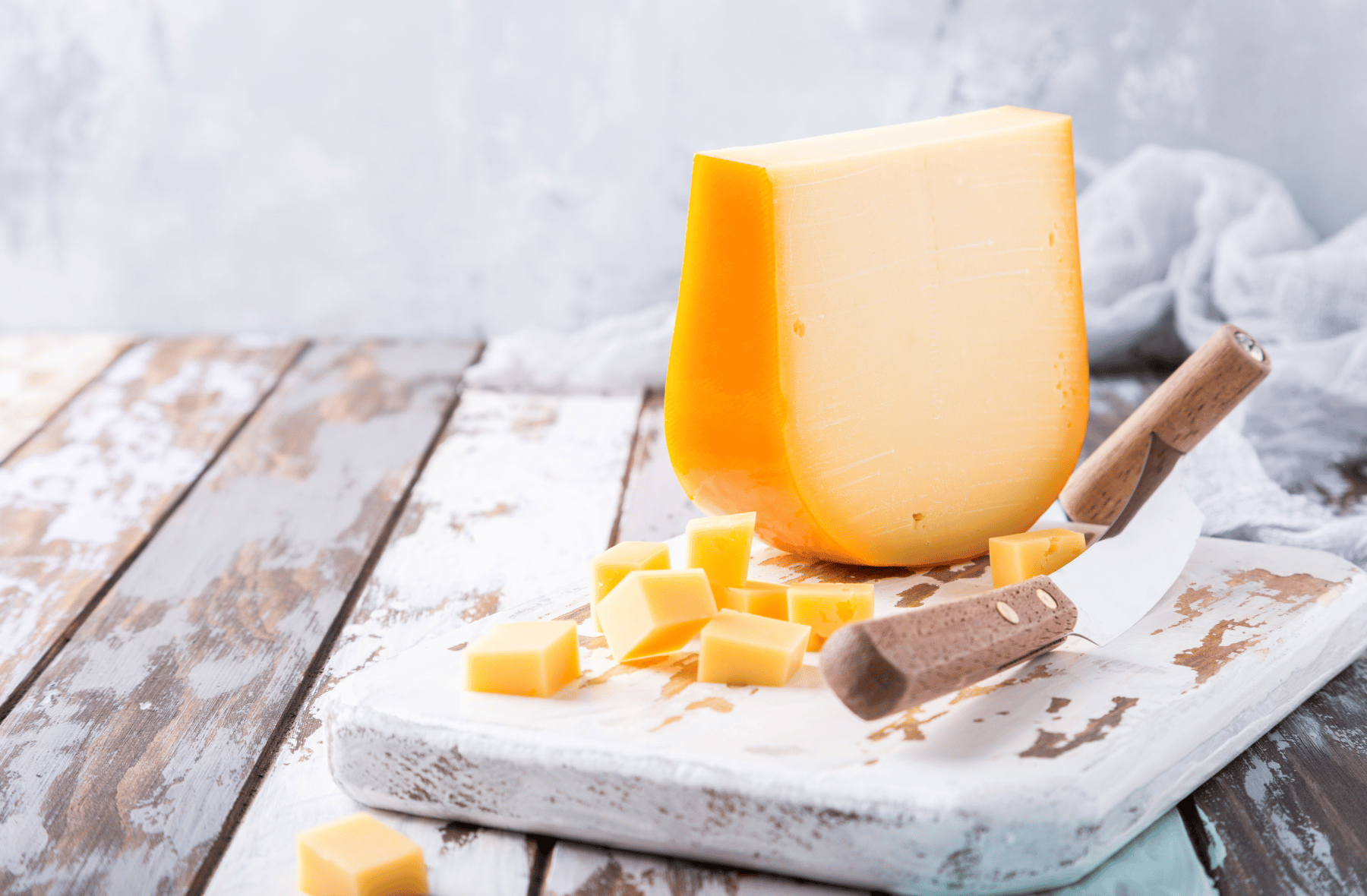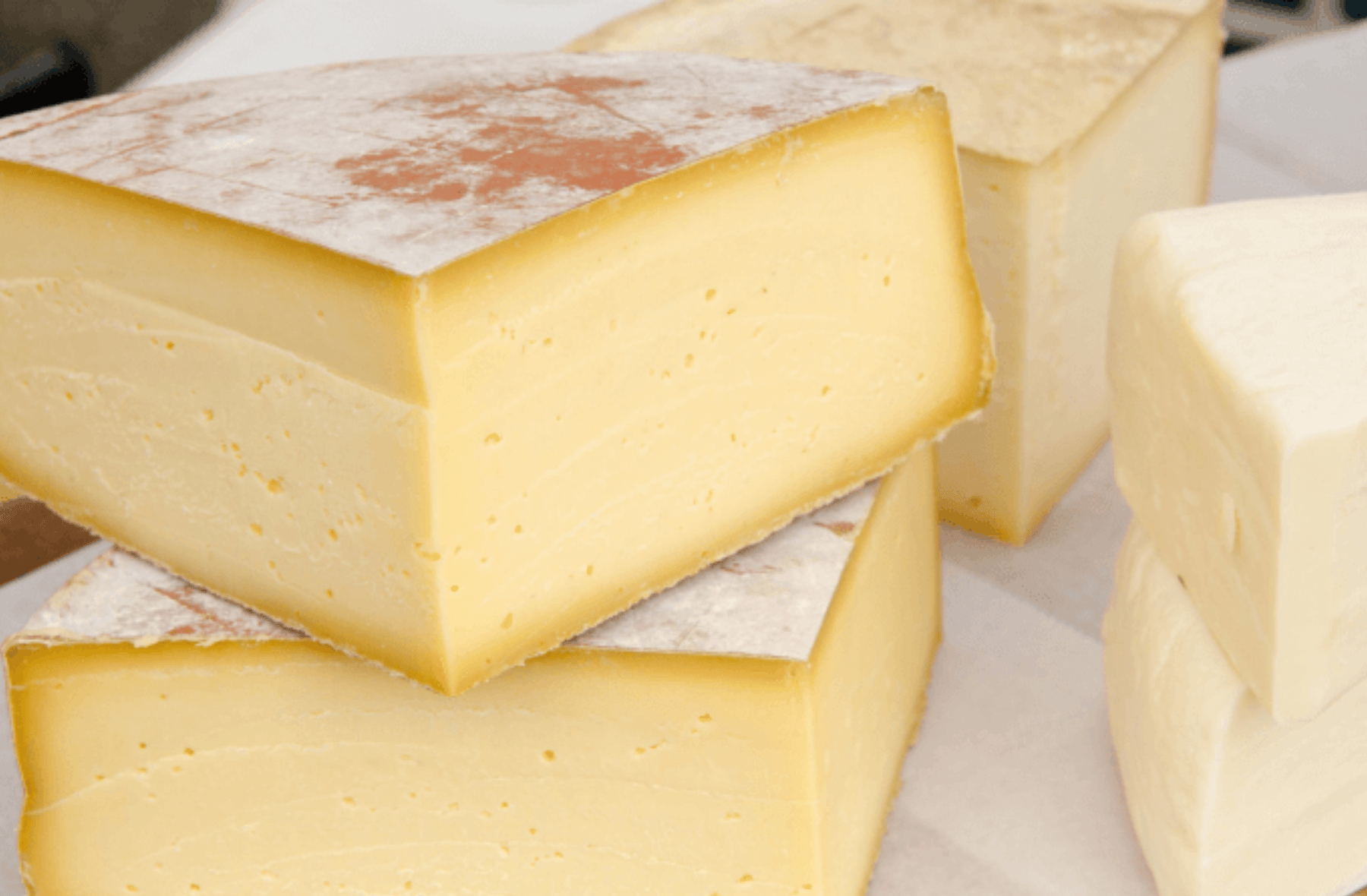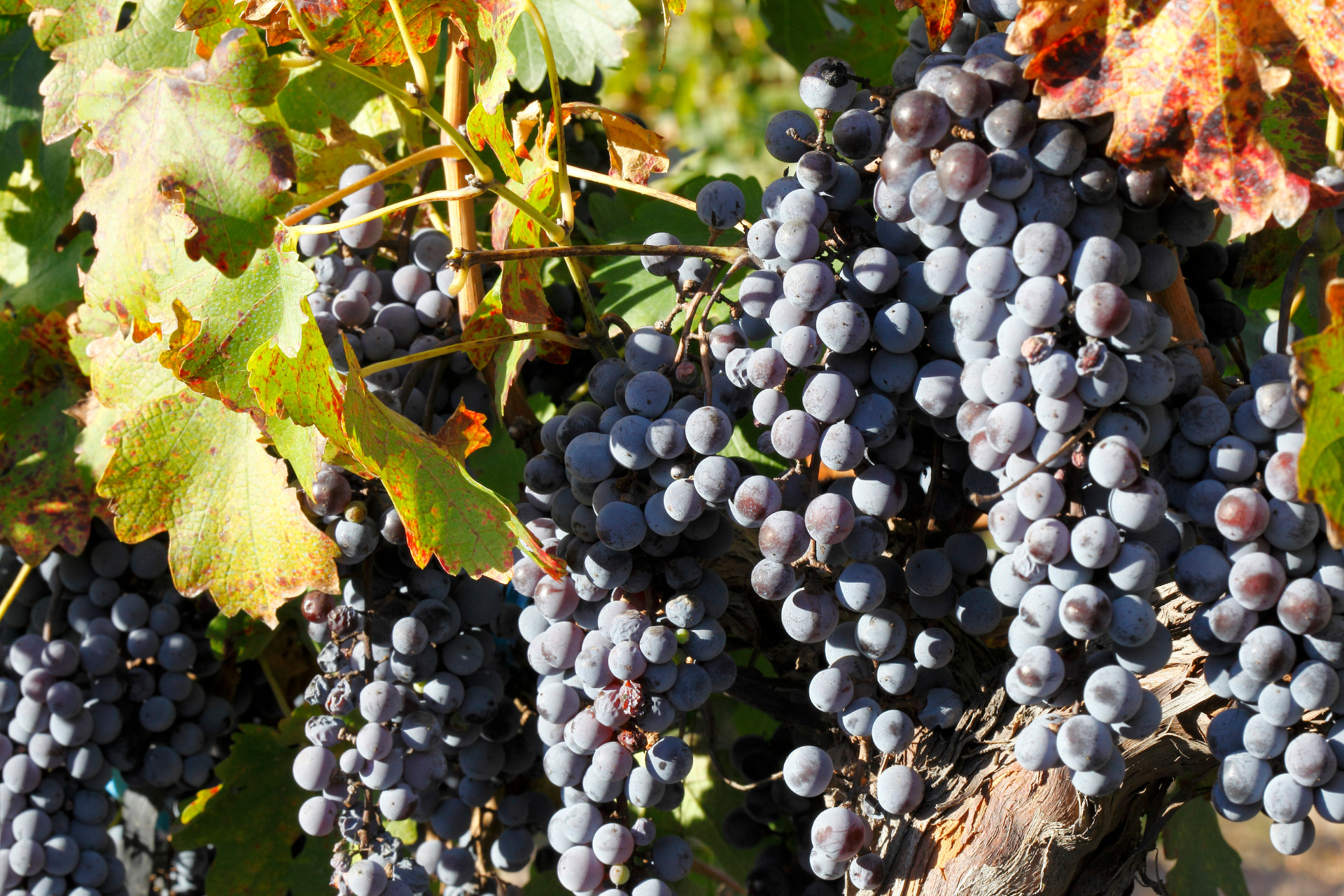Hard Cheeses: Cheddar, Parmesan, Gruyère, and Beyond
Cheddar, Parmesan, Gruyère, and Beyond. Hard Cheeses Explained

Hard cheeses are a staple in culinary traditions across the globe, celebrated for their bold flavours, firm textures, and versatility.
These cheeses undergo an aging process that intensifies their flavours and transforms their texture, making them a prized ingredient in cooking, cheese boards, and wine pairings.
Here we'll explore the fascinating world of hard cheeses, including their defining characteristics, production processes, notable varieties like Cheddar, Parmesan, and Gruyère, and how they pair beautifully with bold, full-bodied wines.
What Are Hard Cheeses?
Hard cheeses are characterised by their dense, firm texture and low moisture content.
These cheeses are typically aged for several months to years, allowing their flavours to develop complexity.
During the aging process, water content decreases while proteins and fats break down, resulting in concentrated flavours that often include nutty, salty, and umami-rich notes.
Key Characteristics of Hard Cheeses:
- Texture: Firm and crumbly, with a grainy or crystalline structure in aged varieties.
- Flavour Profile: Ranges from mild and creamy to sharp and intensely savory, often with nutty and tangy undertones.
- Aging: Requires longer maturation periods, ranging from six months to several years.
- Uses: Hard cheeses are versatile, ideal for grating over dishes, serving on cheese boards, or enjoying as a snack.
The Production Process of Hard Cheeses
The making of hard cheeses involves specific techniques that contribute to their texture and flavour:
1. Milk Selection
The type of milk—cow, sheep, or goat—plays a crucial role in the cheese's flavour profile.
For example:
- Cheddar: Typically made from cow's milk.
- Parmesan (Parmigiano Reggiano): Crafted from cow's milk, but with a specific diet for the cows.
- Gruyère: Made from the unpasteurized milk of Alpine cows.
2. Curd Formation
Milk is curdled using rennet, an enzyme that separates the milk into solid curds and liquid whey. Hard cheeses require the curds to be cut into small pieces, which helps expel moisture.
3. Cooking and Pressing
The curds are heated and pressed to remove additional whey. This process creates a dense structure, essential for the cheese to age properly.
4. Salting
Salt is added to enhance flavour and act as a preservative. In some cases, the cheese is soaked in brine or rubbed with dry salt.
5. Aging
Hard cheeses are aged in controlled environments where temperature and humidity are carefully monitored.
Over time, the texture becomes firmer, and flavours deepen.
Aging also encourages the development of cheese crystals, which add a delightful crunch to the texture.

Notable Hard Cheeses
1. Cheddar
- Origin: England
- Flavour Profile: Cheddar's flavour ranges from mild and creamy in young varieties to sharp and tangy in aged versions.
- Uses: Widely used in sandwiches, casseroles, and cheese boards. Aged Cheddar pairs beautifully with robust red wines like Cabernet Sauvignon or Shiraz/Syrah.

2. Parmesan (Parmigiano Reggiano)
- Origin: Italy
- Flavour Profile: Known as the "King of Cheeses," Parmesan is intensely savory, nutty, and slightly salty.
- Uses: Ideal for grating over pasta, risotto, or soups. Its umami-rich profile complements bold red wines like Barolo or Chianti.

3. Gruyère
- Origin: Switzerland
- Flavour Profile: Gruyère is nutty and slightly sweet when young, developing earthy and caramelised flavours as it ages.
- Uses: A key ingredient in fondue and quiches, Gruyère pairs well with wines like Chardonnay or Pinot Noir.
4. Pecorino Romano
- Origin: Italy
- Flavour Profile: Made from sheep's milk, Pecorino Romano is salty and robust, with a sharp bite.
- Uses: Commonly grated over pasta dishes like carbonara. Pairs well with bold Italian reds like Brunello di Montalcino.
5. Manchego
- Origin: Spain
- Flavour Profile: Made from sheep's milk, Manchego has a buttery texture and nutty flavour that intensifies with age.
- Uses: Perfect on cheese boards or paired with quince paste. Complements rich Spanish wines like Rioja.
Why Hard Cheeses Pair Perfectly with Bold Wines
The concentrated flavours of hard cheeses are an ideal match for wines with bold, full-bodied profiles.
Here's why:
1. Intensity Balancing Intensity
Hard cheeses have robust flavours that can stand up to the bold tannins and rich flavours of full-bodied wines.
For example:
- Aged Cheddar balances the tannins in Cabernet Sauvignon.
- Parmesan's umami notes enhance the complexity of Barolo.
2. Salt and Tannins
The saltiness in hard cheeses softens the tannins in red wines, creating a smoother mouthfeel and enhancing the wine's fruitiness.
3. Umami Enhances Complexity
The umami flavours in cheeses like Parmesan and Gruyère amplify the savory notes in wines, making both the cheese and wine taste more nuanced.
Pairing Hard Cheeses with Specific Wines
Here are some classic wine and hard cheese pairings to elevate your tasting experience:
1. Cheddar and Cabernet Sauvignon
- The bold, fruity notes of Cabernet Sauvignon complement the tangy sharpness of aged Cheddar.
2. Parmesan and Barolo
- Barolo's rich, earthy flavours pair seamlessly with Parmesan's nutty and umami-rich profile.
3. Gruyère and Chardonnay
- The creamy texture and nutty sweetness of Gruyère are enhanced by the buttery notes of a well-oaked Chardonnay.
4. Pecorino Romano and Brunello di Montalcino
- The saltiness and sharpness of Pecorino balance the tannins and depth of Brunello.
5. Manchego and Rioja
- The nuttiness of Manchego complements the red fruit and spice of a Rioja wine.
Culinary Applications of Hard Cheeses
Hard cheeses aren't just for cheese boards—they're versatile ingredients in a variety of dishes:
1. Grated Over Pasta
Hard cheeses like Parmesan and Pecorino are classic toppings for pasta dishes, adding a savoury depth to sauces.
2. Melted in Recipes
Gruyère is a key ingredient in fondue, quiches, and French onion soup, providing a creamy texture and rich flavour.
3. Baked Dishes
Cheddar is a staple in baked dishes like macaroni and cheese, casseroles, and savory pies.
4. Garnishes and Snacks
Shaved Parmesan is a popular garnish for salads, while cubes of Manchego make an excellent snack with olives and nuts.
Storing and Serving Hard Cheeses
Storing Hard Cheeses
- Wrap cheese in wax or parchment paper, then place it in a plastic or reusable bag to prevent it from drying out.
- Store in the refrigerator's cheese drawer or a cool, dark place.
Serving Hard Cheeses
- Allow cheese to come to room temperature before serving to bring out its full flavour.
- Use a specialised cheese knife or grater to cut or serve the cheese.
Hard cheeses like Cheddar, Parmesan, Gruyère, and others are culinary treasures, offering a wide range of flavours and textures that enhance both everyday meals and special occasions.
Their concentrated flavours and firm textures make them an ideal pairing for bold, full-bodied wines, creating a harmonious balance that elevates both the cheese and the wine.
Whether grated over pasta, melted in a recipe, or enjoyed with a glass of your favorite wine, hard cheeses are a testament to the artistry of cheese-making and the joy of savouring life’s rich flavours.
Wine and Cheese Affair News


